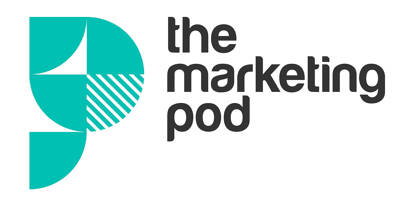As consumers become more aware of the importance of choosing sustainable products, and investors express more and more interest in the ESG practices of the companies in which they invest, green marketing has become increasingly popular.

It makes sense that organisations with a genuine commitment to the environment would want to let the world know. After all, a well executed green marketing campaign can inspire other companies to become more Earth friendly, becoming the catalyst for real change.
However, it’s important that environmental claims are accurate, transparent and based on measurable targets. Recent cases of greenwashing have made the public aware of the malpractices of companies that overinflate the environmental claims, undermining consumer trust in green marketing in general.
For example, Innocent Smoothies – owned by Coca Cola, the worst plastic polluter in the world – had a TV ad banned after the Advertising Standards Authority ruled that it misled customers over the firm’s environmental impact. Another example is when Ryanair announced itself as Europe’s lowest emissions airline – an unfounded claim which angered many, considering the high levels of carbon emissions generated by the aviation industry.
No brand wants to be accused of greenwashing, but when the Competition and Markets Authority (CMA) co-ordinated a global review of randomly selected websites, it discovered that 40% of sustainability-related claims made online could be misleading consumers.
To fight this practice and protect consumers’ rights, the CMA has launched its Green Claims Code, which establishes six clear points to ensure organisations’ green claims are transparent. Here is an overview:
1. Be truthful and accurate
Businesses must live up to the green claims they make and be precise when talking about the environmental impact of their products and services.
2. Be clear and unambiguous
Customers should be able to understand a brand’s claims, without being confused by vague terms and phrases.
3. Don’t omit or hide important information
Customers should have a full picture of a brand’s sustainable practice in order to make informed choices.
4. Only make fair and meaningful comparisons
Products being compared should meet the same needs or be intended for the same purpose.
5. Substantiate your claims
Brands should provide robust and credible evidence to back up their claims.
6. Consider the full lifecycle of a product
Green claims should consider the environmental impact of a product from its creation to its disposal.
Moreover, the UK government has enabled the CMA to impose sanctions on companies that violate consumer protection laws. As a result, organisations making false or misleading environmental claims could face fines of up to 10% of their annual global turnover.
To avoid the financial and reputational repercussions of greenwashing, it’s important that organisations get their green marketing right, but that is not always straightforward.
If you’d like some support in planning your next sustainability campaign, The Marketing Pod has a team of talented green marketing specialists from five different disciplines – strategy, content, PR, digital and creative. You can get in touch here for a free consultation.
N.B. The information contained in this entry is provided by the above supplier, and does not necessarily reflect the views and opinions of the publisher


